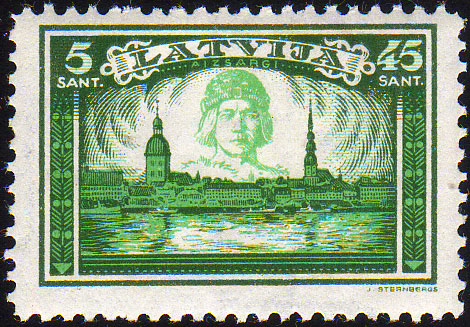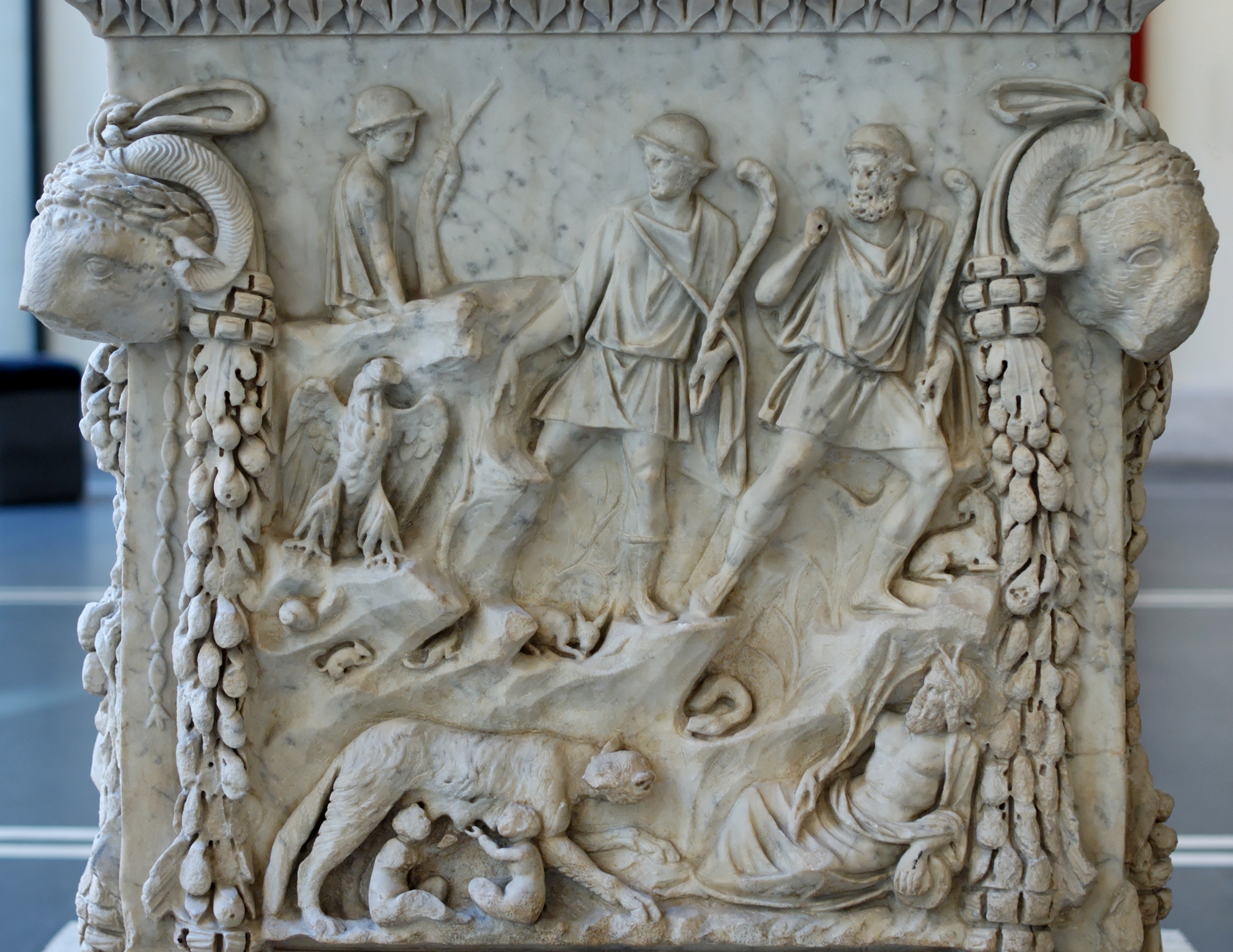|
Pseudo-mythology
Pseudo-mythology (russian: кабинетная мифология or ''kabinetnaya mifologiya'', "office mythology", literally "cabinet mythology") are myths and deities which do not exist in genuine mythology and folklore or their existence is doubtful or disproved. It may be created by researchers who liberally interpret scarce sources. Pseudo-mythology should not be confused with the term "false mythology" in the derogatory meanings of "false beliefs" or "false/fabricated stories". Philosopher Vincent Descombes maintains that "a myth is what is told as a myth and what is transmitted as a myth". Therefore, in his opinion, the correct term would be "poor mythology" or "insipid mythology", rather than "pseudo-mythology". Slavic mythology There is a scarcity of reliable sources for the Slavic religion.Norbert Reiter, "Mythologie der alten Slaven", In: ''Die Mythologie der alten Kulturvölker. Band 2: Das alte Europa'', Klett-Cotta, Stuttgart 1973, ISBN 3-12-909820-8, pp. 163–2 ... [...More Info...] [...Related Items...] OR: [Wikipedia] [Google] [Baidu] |
List Of Slavic Pseudo-deities
Slavic pseudo-deities (pseudo- gods, pseudo-goddesses) are Slavic deities that exist in popular or even scientific literature, but their historicity is not recognized by the vast majority of scholars, i.e., that the deity in question was not actually an object of worship among pagan Slavs. The pseudo-deities of the Slavs, like those of other ethnic groups, were created as a result of mistakes (e.g., by understanding the given name as a theonym, unfamiliarity with the Slavic languages, misunderstanding of pagan ritual, or uncritical use of sources), as a result of the creation and falsification of Slavic Romantics, or even as a result of falsification for political motives. The reason for the last two may be that, unlike, for example, Greek mythology, the sources on Slavic mythology are severely limited. The first Slavic pseudo-deities began to appear as early as the Middle Ages, mainly in Latin Christian texts, as a result of mistakes. Slavic pseudo-deities on a large scale beg ... [...More Info...] [...Related Items...] OR: [Wikipedia] [Google] [Baidu] |
Samogitia
Samogitia or Žemaitija ( Samogitian: ''Žemaitėjė''; see below for alternative and historical names) is one of the five cultural regions of Lithuania and formerly one of the two core administrative divisions of the Grand Duchy of Lithuania alongside Lithuania proper. Žemaitija is located in northwestern Lithuania. Its largest city is Šiauliai. Žemaitija has a long and distinct cultural history, reflected in the existence of the Samogitian language. Etymology and alternative names Ruthenian sources mentioned the region as жемотьская земля, ''Žemot'skaja zemlja''; this gave rise to its Polish form, , and probably to the Middle High German . In Latin texts, the name is usually written as etc. The area has long been known to its residents and to other Lithuanians exclusively as Žemaitija (the name Samogitia is no longer in use within Lithuania and has not been used for at least two centuries); Žemaitija means "lowlands" in Lithuanian. The region is a ... [...More Info...] [...Related Items...] OR: [Wikipedia] [Google] [Baidu] |
Väinämöinen
Väinämöinen () is a demigod, hero and the central character in Finnish folklore and the main character in the national epic ''Kalevala'' by Elias Lönnrot. Väinämöinen was described as an old and wise man, and he possessed a potent, magical singing voice. In Finnish mythology The first extant mention of Väinämöinen in literature is in a list of Tavastian gods by Mikael Agricola in 1551. He and other writers described Väinämöinen as the god of chants, songs and poetry; in many stories Väinämöinen was the central figure at the birth of the world. The Karelian and Finnish national epic, the ''Kalevala'', tells of his birth in the course of a creation story in its opening sections. This myth has elements of creation from chaos and from a cosmic egg, as well as of earth diver creation. At first there were only primal waters and Sky. But Sky also had a daughter named Ilmatar. One day, Ilmatar descended to the waters and became pregnant. She gestated for a ve ... [...More Info...] [...Related Items...] OR: [Wikipedia] [Google] [Baidu] |
Vanemuine (god)
Vanemuine (''Eldermost'') is a god of music in the artificial Estonian mythology created by Friedrich Robert Faehlmann and Friedrich Reinhold Kreutzwald. His name is probably derived from the Finnish Väinämöinen. Vanemuine is mentioned in the opening strophe of the epic Kalevipoeg by Kreutzwald. In 1865, the Vanemuine Cultural Society was founded in Tartu Tartu is the second largest city in Estonia after the Northern European country's political and financial capital, Tallinn. Tartu has a population of 91,407 (as of 2021). It is southeast of Tallinn and 245 kilometres (152 miles) northeast of ..., which evolved into the first Estonian-language theatre, Vanemuine, which continues to be the main theatre of the city of Tartu. References Estonian gods {{Deity-stub ... [...More Info...] [...Related Items...] OR: [Wikipedia] [Google] [Baidu] |
Estonian Mythology
Estonian mythology is a complex of myths belonging to the Estonian folk heritage and literary mythology. Information about the pre-Christian and medieval Estonian mythology is scattered in historical chronicles, travellers' accounts and in ecclesiastical registers. Systematic recordings of Estonian folklore started in the 19th century. Pre-Christian Estonian deities may have included a god known as ''Jumal'' or ''Taevataat'' ("Old man of the sky") in Estonian, corresponding to '' Jumala'' in Finnish, and ''Jumo'' in Mari. Estonian mythology in old chronicles According to the Chronicle of Henry of Livonia in 1225 the Estonians disinterred the enemy's dead and burned them. It is thought that cremation was believed to speed up the dead person's journey to the afterlife and by cremation the dead would not become earthbound spirits which were thought to be dangerous to the living. Henry of Livonia also describes in his chronicle an Estonian legend originating from Virumaa in Nor ... [...More Info...] [...Related Items...] OR: [Wikipedia] [Google] [Baidu] |
Miķelis Krogzemis
Miķelis Krogzemis (18 September 1850, Ungurpils – 6 February 1879, Saint Petersburg, Russia), better known under his pen name Auseklis* was a Latvian poet and prominent member of the Young Latvians movement. Biography Miķelis Krogzemis was born in Sīpoli, Ungurpils to a peasant family. He attended parochial school in Aloja and later in Ērgļi. In Ērgļi he met members of the Jurjāni family, who got him in touch with the Young Latvian movement. In 1868, he was admitted to the teachers' seminary in Valka under the leadership of Latvian composer Jānis Cimze. While in Valka he studied European literature and philosophy of the Age of Enlightenment. After graduating in 1871, Krogzemis begin his teaching career in Jaunpiebalga but soon was forced to leave the school due to conflicts with the local pastor. He then taught briefly in Cēsis before moving to Lielvārde to teach. In Lielvārde he became active in the local cultural life. He organised theater and choir and in 1 ... [...More Info...] [...Related Items...] OR: [Wikipedia] [Google] [Baidu] |
Juris Alunāns
Juris Alunāns (official name Gustavs Georgs Frīdrihs Alunāns; May 13, 1832 – April 18, 1864) was a Latvian writer and philologist in the Russian Empire. He was one of the first contributors of Latvian language. He was one of the members of the Young Latvia movement. Alunāns created about 500 neologism A neologism Greek νέο- ''néo''(="new") and λόγος /''lógos'' meaning "speech, utterance"] is a relatively recent or isolated term, word, or phrase that may be in the process of entering common use, but that has not been fully accepted int ...s, most of which quickly incorporated in the everyday Latvian language and are still used. References External links Bio 1832 births 1864 deaths People from Madona Municipality People from Kreis Wenden Latvian philologists Linguists from the Russian Empire Writers from the Russian Empire 19th-century Latvian people University of Tartu alumni {{Latvia-writer-stub ... [...More Info...] [...Related Items...] OR: [Wikipedia] [Google] [Baidu] |
Andrejs Pumpurs
Andrejs Pumpurs ( on the left bank of the Daugava, in Lieljumprava civil parish, now Birzgale Parish – in Riga) was a poet who penned the Latvian epic Lāčplēsis (''The Bear Slayer'', first published in 1888) and a prominent figure in the Young Latvia movement. Working in the land before volunteering to fight in Serbia against the Ottoman Empire in 1876, he became a loyal officer in the Russian army and also a staunch promoter of the Latvian culture. Biography Growing up on both banks of the Daugava river, he was one of three children from the civil parish chosen by the Lutheran minister for the German class of the church school in Lielvārde. Unable to continue his education after completion of the three-year course, due to his family's poverty, but working as a raftsman and doing odd jobs with his father, Pumpurs was exposed to the Latvian oral tradition, especially strong in the region of his birth, and to the legends that would be at the forefront of his works. ... [...More Info...] [...Related Items...] OR: [Wikipedia] [Google] [Baidu] |
Lāčplēsis
''Lāčplēsis'' ("The Bear-Slayer") is an epic poem by Andrejs Pumpurs, a Latvian poet, who wrote it between 1872 and 1887 based on local legends. It's set during the Livonian Crusades telling the story of the mythical hero Lāčplēsis "the Bear Slayer". ''Lāčplēsis'' is regarded as the Latvian national epic. Synopsis The poem opens at the council of the Baltic gods at the palace of Pērkons in the sky where the Father of Destiny declares that Latvians are under threat because Christian crusaders are going to come and conquer the Baltic lands and enslave the Latvian nation. The Gods promise to protect the Latvians. When the meeting comes to an end suddenly Staburadze arrives and ask for advice in her matter: she has found a young man drowning in the river Daugava where he has to turn into stone. Pērkons says that he has chosen this man for an important matter and that he will save the man. The council ends with the question, will the Baltic gods ever come back toge ... [...More Info...] [...Related Items...] OR: [Wikipedia] [Google] [Baidu] |
Roman Mythology
Roman mythology is the body of myths of ancient Rome as represented in the literature and visual arts of the Romans. One of a wide variety of genres of Roman folklore, ''Roman mythology'' may also refer to the modern study of these representations, and to the subject matter as represented in the literature and art of other cultures in any period. Roman mythology draws from the mythology of the Italic peoples and ultimately from Proto-Indo-European mythology. Roman mythology also draws directly on Greek mythology, potentially as early as Rome's protohistory, but primarily during the Hellenistic period of Greek influence and through the Roman conquest of Greece, via the artistic imitation of Greek literary models by Roman authors. The Romans identified their own gods with those of the ancient Greeks—who were closely historically related in some cases, such as Zeus and Jupiter—and reinterpreted myths about Greek deities under the names of their Roman counterparts. Gr ... [...More Info...] [...Related Items...] OR: [Wikipedia] [Google] [Baidu] |
Greek Mythology
A major branch of classical mythology, Greek mythology is the body of myths originally told by the ancient Greeks, and a genre of Ancient Greek folklore. These stories concern the origin and nature of the world, the lives and activities of deities, heroes, and mythological creatures, and the origins and significance of the ancient Greeks' own cult and ritual practices. Modern scholars study the myths to shed light on the religious and political institutions of ancient Greece, and to better understand the nature of myth-making itself. The Greek myths were initially propagated in an oral-poetic tradition most likely by Minoan and Mycenaean singers starting in the 18th century BC; eventually the myths of the heroes of the Trojan War and its aftermath became part of the oral tradition of Homer's epic poems, the '' Iliad'' and the '' Odyssey''. Two poems by Homer's near contemporary Hesiod, the '' Theogony'' and the '' Works and Days'', contain accounts of the genes ... [...More Info...] [...Related Items...] OR: [Wikipedia] [Google] [Baidu] |






